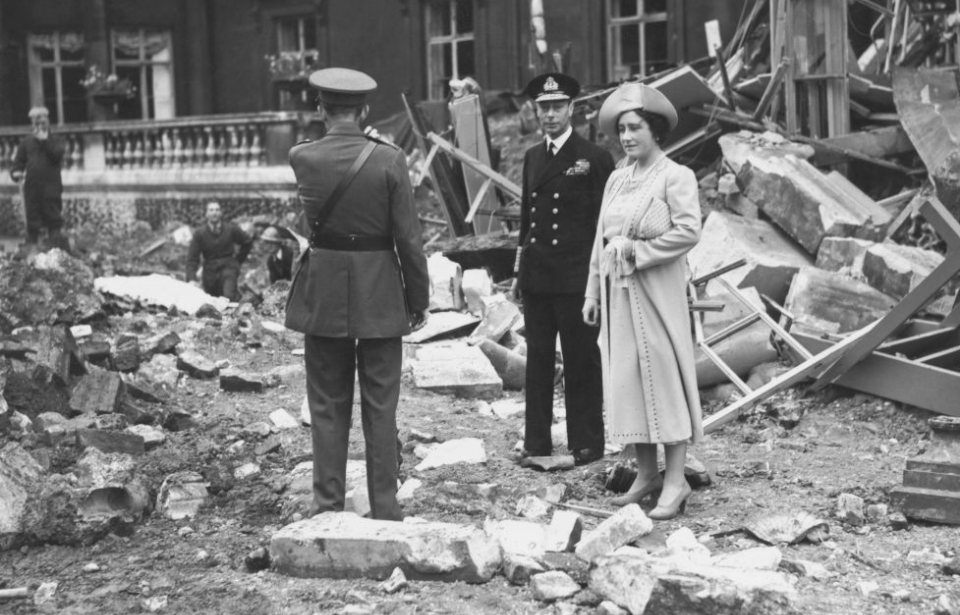Friday the 13th is considered one of the unluckiest days of the year. While many feel it’s just everyone being overly superstitious, others believe there’s actually something to it. If the following military events are anything to go by, there’s definitely something undeniably different about this particular date.
Rookie mistake during the American Civil War
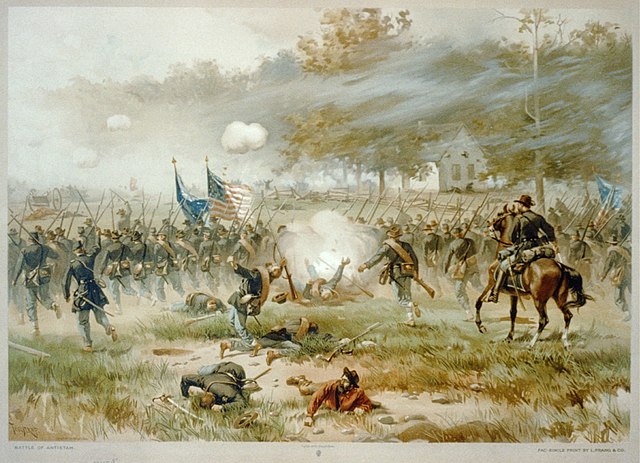
Before the Battle of Antietam, Confederate Gen. Robert E. Lee issued Special Order 191, outlining instructions for the invasion of Maryland. Paper containing the plan was somehow left behind at the Confederates’ camp, leading to some dire consequences for the force.
On September 13, 1862, a Union scout with the 27th Indiana Infantry Regiment found the instructions while walking through the camp. This provided the Union forces with the information needed to defeat Lee’s men.
Knowing what the Confederates had planned allowed for the Union to defeat them at the Battle of Antietam, the bloodiest fight of the American Civil War. The victory not only stopped Lee’s first invasion of Union territory, but also allowed President Abraham Lincoln to issue the Emancipation Proclamation just a few days later.
Bombing of Buckingham Palace
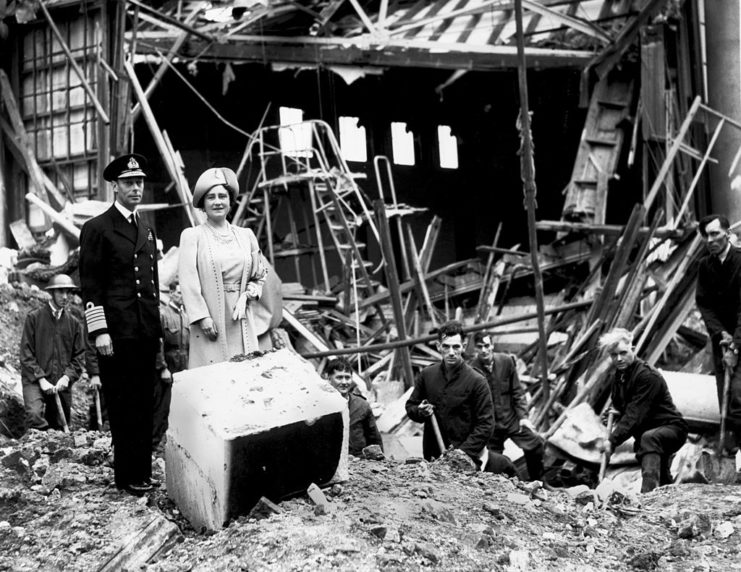
The Blitz saw the Germans bomb the United Kingdom from 1940-41. The primary targets for the Luftwaffe were London and port cities, but that didn’t stop their munitions from landing on civilian residences. This included Buckingham Palace, the residence of King George VI and his wife, Elizabeth, the Queen Mother.
On Friday, September 13, 1940, just a week after the Blitz began, the pair were sitting down for tea when they heard the sound of enemy aircraft overhead. According to Elizabeth, they hardly had time to react before the bomb made its impact.
“It all happened so quickly, that we only had time to look foolishly at each other, when the scream [of the bomb] hurtled past us and exploded with a tremendous crash in the quadrangle,” she said at the time.
Buckingham Palace was hit with five bombs that day, destroying the Royal Chapel and rupturing a water main. Three people were injured, one fatally. Despite the bombings, the Royals stayed in London, earning them the respect of citizens around the country.
Battle of Friday the 13th
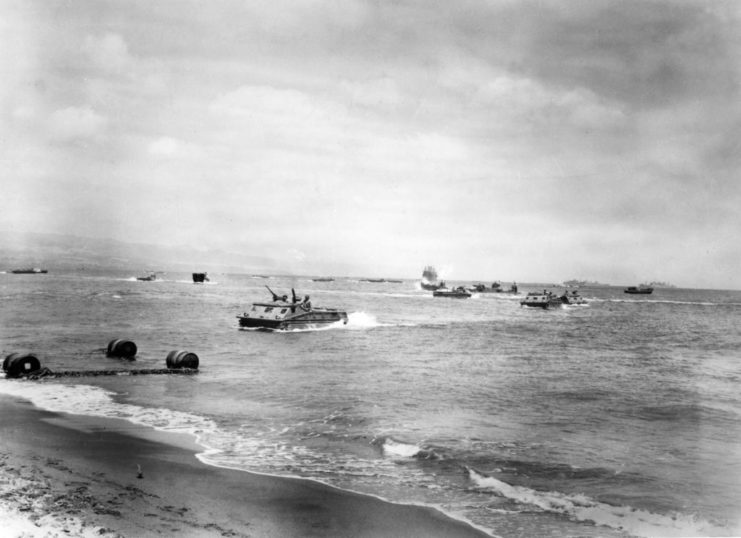
It might seem risky to stage a battle on Friday the 13th, but that’s exactly what the Imperial Japanese Navy (IJN) decided to do during World War II. While it only lasted approximately 25 minutes, it was one of the most brutal naval engagements ever.
The Japanese were interested in reclaiming Guadalcanal, in the southwestern Pacific, from the Americans, given its strategic location. The plan was to break through the American fleet, land 7,000 troops on the island and target Henderson Field.
It commenced on November 13, 1942. The Japanese, led by Adm. Isoroku Yamamoto, suffered incredible losses. Along with the loss of nearly 2,000 naval personnel, the IJN lost three destroyers, 11 troop transports (seven at sea and four on the beach), two battleships and a heavy cruiser.
The Americans faired slightly better, losing seven destroyers, 36 aircraft and two light cruisers. They suffered 1,700 casualties, including the deaths of Adm. Daniel Callaghan and Norman Scott. They became the highest-ranking officers to die in combat during the conflict.
‘Black Friday’ for the Black Watch
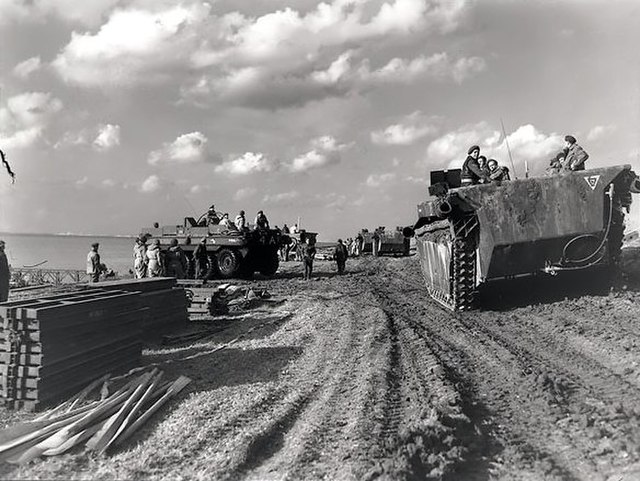
“Black Friday” is the nickname given to October 13, 1944, by The Black Watch (Royal Highland Regiment) of Canada. It occurred during the Battle of the Scheldt in the Netherlands, when the regiment launched an attack on German troops near Hoogerheide.
The mission was codenamed Operation Angus and was part of the larger Allied drive into Antwerp. The location would later be dubbed “the Coffin” by the Canadian regiment because of its difficult terrain of railways, marshes and canals.
The 30-minute assault saw the regiment’s 1st Battalion run headlong into enemy machine guns and rifle fire. By the end, only 1,200 yards were crossed, at a cost of 145 Canadian infantrymen who lay wounded or deceased.
Catalina Affair
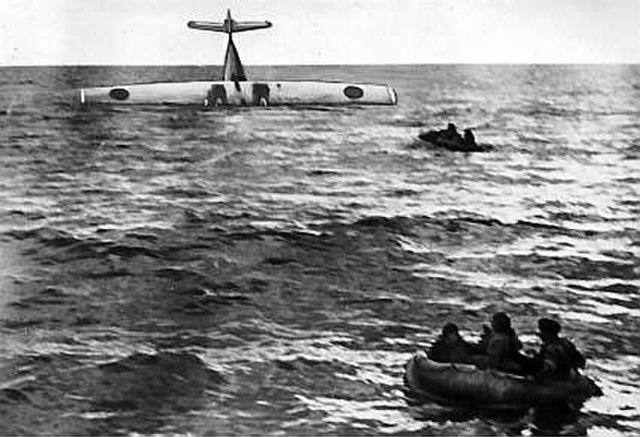
On Friday, June 13, 1952, Soviet fighter jets shot down a Swedish military Tp 79 Hugin over the Baltic Sea, killing eight crewmen. It became known as the “Catalina Affair” and turned into a Cold War diplomatic crisis.
The Swedish Air Force had sent two aircraft to conduct radio and radar signals intelligence gathering for the National Defence Radio Establishment. After the one went down, it sent two PBY Catalinas to search for it, only for one of those to also be shot down. Luckily, everyone onboard survived.
The situation was elevated over the Soviet Union’s refusal to admit the incident had occurred until it was dissolved in 1991. In 2003, both aircraft were located in the Baltic.
More from us: The Unlucky Soviet Nuclear Submarine K-19, Nicknamed “Hiroshima”
Want to become a trivia master? Sign up for our War History Fact of the Day newsletter!
The Tp 79 showed evidence of having been shot with a MiG-15, and, amazingly, the cockpit clock showed the exact time it went down. All eight crew members’ bodies were also located within the aircraft.
